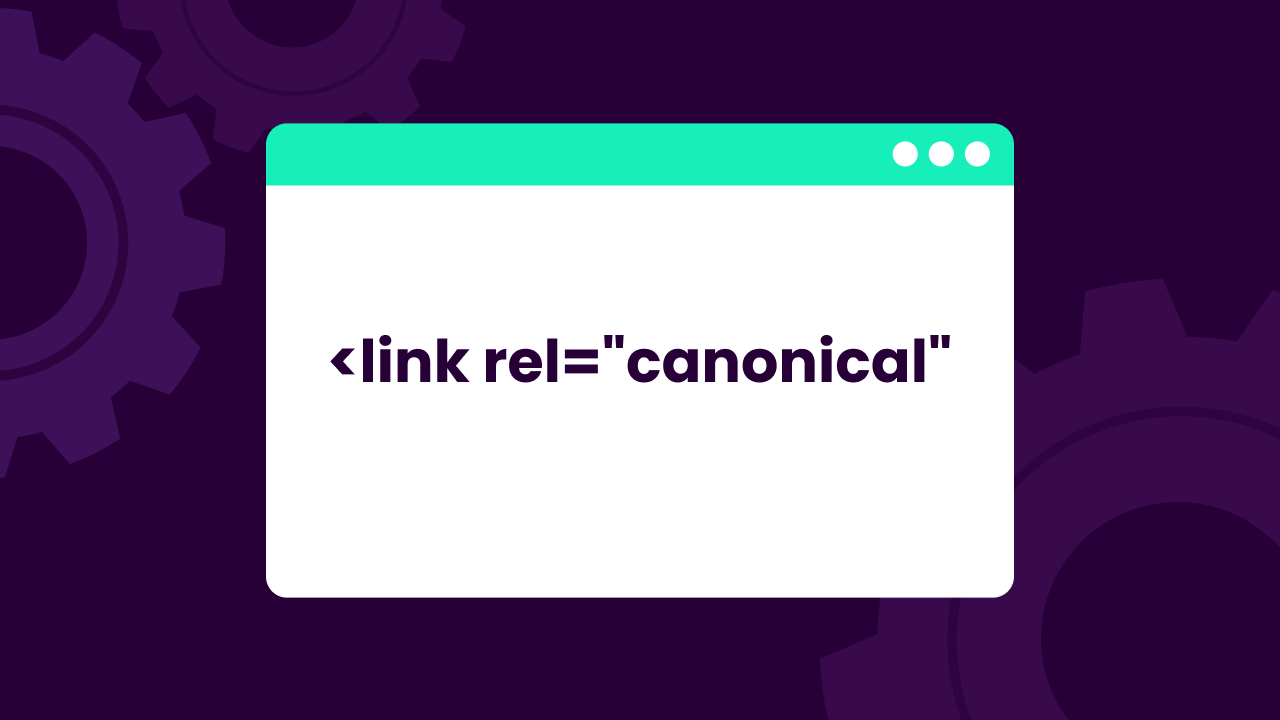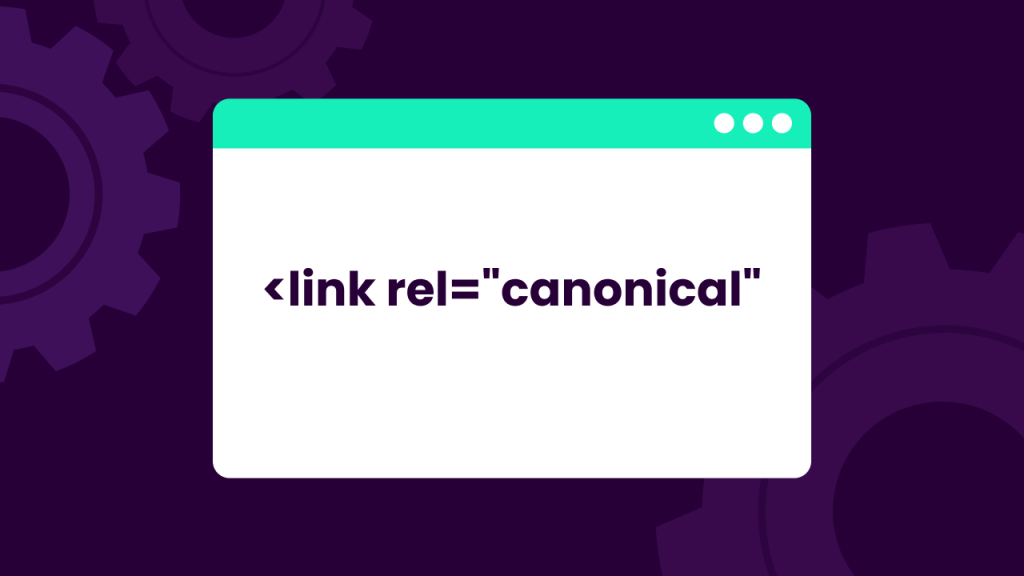As brands have learned the importance of generating value for their customers and prospective leads, content marketing has become one of the main tools they are using for doing so.
And in this article, I want to guide you through how you can start using content as a lead generation tool, just as big market names, such as Neil Patel, for example, have already done.
In this article, I’ll guide through the following topics:
- Definition of content marketing;
- Types of content marketing;
- Content marketing examples;
- How to build up your content marketing strategy.
Enjoy your reading!
What Is Content Marketing?
Content marketing is a strategic marketing approach focused on creating and distributing valuable, relevant, and consistent content to attract and retain a clearly-defined audience — and, ultimately, to drive profitable customer action.
Why is content marketing important?
The content you create and share should be relevant to the people you are trying to attract and retain, and it should be engaging enough that they want to keep coming back for more.
Good content marketing will help you build trust with your audience, which is essential if you want them to eventually buy from you.
Now that we know what content marketing is, let’s take a look at the different types of content marketing.
Types of Content Marketing
1. Social Media Marketing
Social media marketing is the process of using social media platforms to promote and sell your product or service.
That means creating content that aligns with your brand and goals and then sharing it across your various social media platforms.
The most common social media platforms for content marketing are:
- YouTube
- Snapchat
2. Infographic
Infographic content marketing is a type of content marketing that uses visuals, such as charts, graphs, and images, to make complex information more digestible.
This type of content is especially effective at catching people’s attention on social media, where users are bombarded with content from all different sources.
3. Video
Video content marketing is a type of content marketing that uses videos to promote and sell your product or service.
This can be anything from a simple explainer video to a more complex brand video.
4. Blog Content
Blog content marketing is a type of content marketing that uses blog posts to promote and sell your product or service.
This involves creating content that is relevant to your target audience and then sharing it on your blog.
5. Podcast
Podcast content marketing is a type of content marketing that uses podcasts to promote and sell your product or service.
This involves creating content that is relevant to your target audience and then sharing it on a podcast platform such as Deezer and Spotify.
6. Paid Ad
Paid ad content marketing is a type of content marketing that uses paid ads to promote and sell your product or service.
This can be done on any number of platforms, including Google AdWords, Facebook Ads, and Instagram Ads.
Content Marketing Examples
By this time, you may want to see how brands are actually putting all we’ve seen above into practice.
To help you, I’ve come up with some content marketing examples.
1. Examples on Instagram
The first example is from Warby Parker. They often post creative photos of their glasses in different settings.
Another great content marketing example comes from Lego. They use Instagram to post content that is both relevant to their brand and engaging for their target audience.
2. Examples on Twitter
The first example is from Oreo. They often tweet content that is relevant to their brand and their target audience.
Another great content marketing example comes from Starbucks. They use Twitter to post content that is both relevant to their brand and their target audience.
3. Examples on Facebook
The first example is from GoPro. They use Facebook to post content that is both relevant to their brand and their target audience.
Another great content marketing example comes from Nike. They use Facebook to post content that is both relevant to their brand and their target audience.
4. Examples on LinkedIn
The first example is from Hootsuite. They use LinkedIn to post content that is both relevant to their brand and their target audience.
Another great content marketing example comes from HubSpot. They use LinkedIn to post content that is both relevant to their brand and their target audience.
5. Examples on Snapchat
The first example is from Wendy’s. They use Snapchat to post content that is both relevant to their brand and their target audience.
Another great content marketing example comes from Gatorade. They use Snapchat to post content that is both relevant to their brand and their target audience.
Content Marketing Strategy: Step By Step To Build Yours
Now that you know what content marketing is and have seen some content marketing examples, it’s time to develop your strategy.
Let’s go over each point of your content marketing strategy, so you’ll know each step to take.
1. Set Smart Goals
The first step is to set goals. You need to know what you want to achieve with a content marketing strategy before you start creating any content.
Some examples of content marketing goals could be:
– To increase brand awareness;
– To generate leads;
– To build trust and credibility;
– To boost conversions and sales.
2. Determine your KPIs
The next step is to determine your KPIs, or key performance indicators.
This will help you measure whether or not your content marketing strategy is successful.
Some examples of content marketing KPIs could be:
– Website traffic;
– Social media engagement;
– Email signups;
– Leads.
3. Decide on the type of content to write
The next step is to decide on the type of content you’re going to write.
This will be based on your goals and your target audience.
Some examples of content types could be:
– Blog posts;
– Ebooks;
– Whitepapers;
– Infographics;
– Case studies;
– How-to guides.
4. Choose your content channels
Once you’ve written your content, it’s time to publish and promote it.
You need to choose the content channels that will work best for you and your business.
Some examples of content channels could be:
– Your website;
– Social media;
– Email marketing;
– Content syndication;
– Paid advertising.
5. Set a budget for your strategy
The final step is to set a budget for your content marketing strategy.
You need to know how much you’re willing to spend on content creation, promotion, and distribution.
Before thinking of a number, your need to list out all the expenses you may have.
The following questions will help you determine your budget:
- Will you need any specific software or technology to create your content? Some tools include Adobe Photoshop and Canva for example;
- Do you need to hire anyone to help you with your content marketing strategy and write your blog posts?
- Will you need to pay for ad campaigns, such as Google Ads and Facebook Ads?
6. Create and distribute the content
Now that you have all the pieces of your content marketing strategy in place, it’s time to distribute your content.
Remember to be consistent with your content creation and promotion. Search engines love that.
The more content you create, the better results you’ll see from your content marketing strategy.
The best way to distribute your content is through social media posts. So make sure to have a social media content calendar.
7. Analyze and measure results
The final step is to analyze and measure the results of your content marketing strategy.
You need to track your KPIs and see how your content is performing.
If you’re not seeing the results you want, make changes to your strategy. Try different content types or content channels.
The important thing is to never stop analyzing and measuring your results.
FAQ About Content Marketing
What do content marketers do?
Content marketers do a lot of things. They create, publish, and distribute content. But most importantly, they think about the audience first.
They understand what the audience wants and needs. And they create content that is both relevant and valuable to them.
The goal of content marketing is to build relationships with your audience. To do this, content marketers create content that is interesting, informative, and helpful.
It’s not about selling or promoting a product or service. It’s about providing value to the reader.
If you can do that, then you’re on your way to success with content marketing.
What are content marketing types?
There are many different content marketing types. But the most common content marketing types are blog posts, ebooks, whitepapers, infographics, and case studies.
Each content type has its purpose and can help you achieve your content marketing goals in different ways.
For example, blog posts are great for increasing website traffic and building relationships with your audience.
Ebooks, on the other hand, are great for generating leads and growing your email list.
The content marketing type you choose will be based on your goals and your target audience.
What’s the difference between content marketing and inbound marketing?
Inbound marketing is a term that is often used interchangeably with content marketing. However, there is a difference between the two.
Inbound marketing is a holistic strategy that includes content marketing, SEO, social media, and lead conversion.
Content marketing is just one part of inbound marketing. It’s the process of creating and distributing content to attract and engage your target audience.
What type of content is best?
The best content is the content that is most relevant and valuable to your target audience.
It’s important to understand what your audience wants and needs. And then create content that meets those needs.
Different content types will work better for different audiences. For example, blog posts are great for increasing website traffic and building relationships with your audience.
Ebooks, on the other hand, are great for generating leads and growing your email list.
The content type you choose will be based on your goals and your target audience.
How often should I publish content?
There is no magic number when it comes to how often you should publish content. However, it’s important to be consistent with your content creation and content promotion.
The more content you create, the better results you’ll see from your content marketing strategy.
A good rule of thumb is to publish one piece of content per week. But if you can’t commit to that, then try for two to three pieces of content per month.
Do bloggers get paid?
This is a common question that people have about content marketing. And the answer is, it depends.
Some bloggers do get paid for their content. And there are also bloggers who don’t.
It really depends on the blogger and the blog. Some blogs are owned by companies that pay bloggers to write content.
How can I promote my blog?
There are several ways to promote your blog. The most common way is through social media.
Social media is a great way to share your content with a wider audience. You can also promote your blog through email marketing, paid to advertise, and guest blogging.
How do I measure my content marketing results?
There are a few different metrics you can use to measure your content marketing results.
The most common metric is website traffic. Other metrics you can use include leads generated, social media shares, and email subscribers.
You can also use Google Analytics to track your content marketing results.
What are some content marketing best practices?
Some content marketing best practices include creating evergreen content, repurposing content, and promoting your content.
It’s also important to have a content calendar and to measure your results.
What is an editorial calendar?
An editorial calendar is a tool that content marketers use to plan and organize their content. It helps content marketers keep track of their content ideas, publish date, and content promotion plan.
What is content repurposing?
Content repurposing is the process of taking one piece of content and turning it into multiple pieces of content. For example, you could make a blog post and turn it into an ebook, or a video.
Conclusion
Content marketing is a great way to reach your target audience and achieve your business goals.
By following the steps in this content marketing guide, you’ll be well on your way to developing a successful content marketing strategy of your own.
What content marketing questions do you have? Let us know in the comments below!












